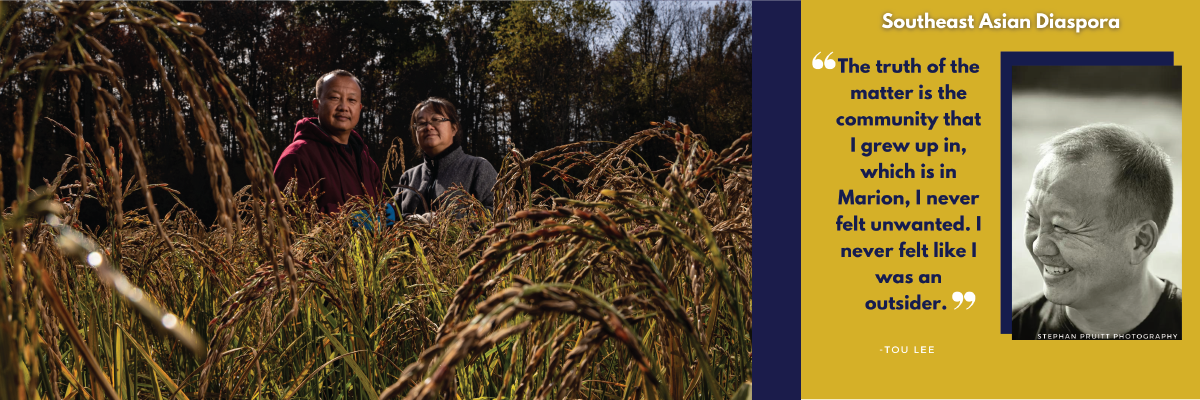Listening for diversity: Student podcast explores inclusivity in media

By Beth Hatcher
Generation Z. Southeast Asian immigrants. Spider-Man.
UNC Hussman students discuss these topics and more in the podcast “Can You Hear Us Now: Inclusivity in the Media,” a project produced in the “MEJO 441: Diversity and Communication” course.
“I thought a podcast would be an excellent opportunity for the students to take the concepts they learned in class and apply them to a project that could then be shared with the world,” said Julian Scheer Term Associate Professor Trevy McDonald, the course’s instructor and the school’s director of ABIDE (Access, Belonging, Inclusion, Diversity, & Equity).
Students in two fall 2021 sections of the course produced the podcast, which began airing Jan. 4, 2022. Previous “MEJO 441” projects have included magazines, television scripts and rebranding projects.
With 13 episodes ranging from “Drug Coverage Disparities” to “Representation in Marvel Films,” the “Can You Hear Us Now?” podcast project explores myriad forms of diversity — an aim of the course, McDonald said.
“Diversity isn’t just about race, but also about issues like gender, social class, immigration, sexual orientation and disability as well,” McDonald said. “I want students to think about diversity broadly and approach inclusivity through a wide lens.”
The "Can You Hear Us Now?" podcast will air a new episode each week until March 29, 2022. Below, listen to the season's first episode, which explores the representation of Generation Z in the media.
Dustin Duong ’22 approached the production of his team’s podcast episode about the Southeast Asian diaspora through the lens of his own life.
As the child of Cambodian immigrants, he wanted to tell a story like his own, of people forging new identities at the intersection of cultures. So, he told the story of Tou and Chue Lee, Hmong immigrants who came to the U.S. as children and started a farm in western North Carolina producing rice and Asian vegetables.
“Diversity and inclusion are important in journalism because there’s no such thing as an unbiased journalist,” said Duong, who likened the immediacy and intimacy of podcasts with oral folkloric traditions. “The core of any person is built on what they've learned across their entire life, and it’s that core that defines the way they perceive the world. Nobody can understand everything about everything. Everyone has blind spots. Folding diverse groups of people into the media ecosystem is just a way of making sure that new voices are amplified and represented.”
Pictured: Tou and Chue Lee standing in their rice field in Morganton, North Carolina. Photo courtesy of Dustin Duong '22, graphic designed by Meredith Manning '22.

Kayla Guilliams ’22 (M.A.), whose group worked on a podcast about LGBTQ+ stereotypes and misinformation in news reporting, agreed.
“Diversity and inclusion is critical to ensure communication and journalism that is fair, equitable and serves everyone,” Guilliams said. “We wanted to explore LGBTQ+ representation in media because we want communication and journalism to better serve and represent the LGBTQ+ community, and we think by educating others on the topic we can help make a change.”
Students worked in teams of three to produce each episode, while additional teams of students focused on the entire project’s presentation, working on components like a website, branding and social media.
Layna Hong ’22 worked on the website team, providing copyediting and other support.
“This class and project taught me more about the importance of genuine collaboration and care. Part of being a team is looking out for your classmates’ work and holding them to the same standards that you would hold yourself,” Hong said. “It also helped to know that our project was real and continues to exist in a space outside of our school. It has the potential to make a real impact.”
The “Can You Hear Us Now?” podcast will continue to make an impact as spring 2022 “MEJO 441” students produce a second season of episodes.
For now, catch the first season on Amazon, Simplecast and Spotify.